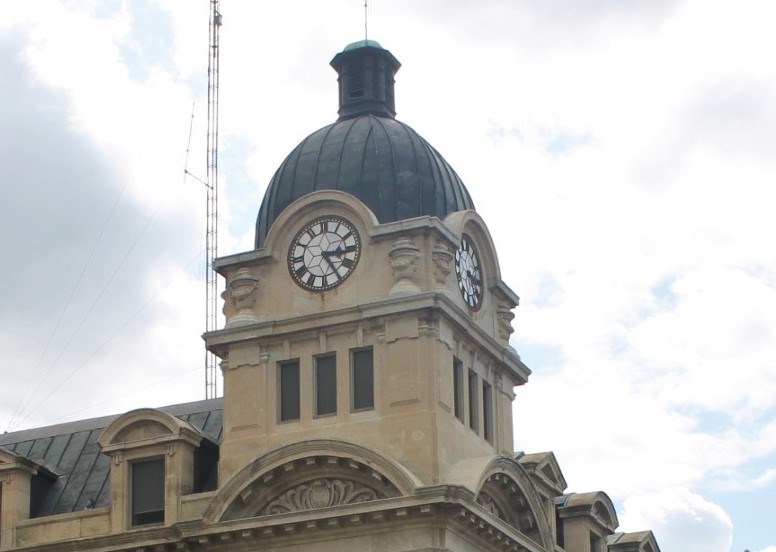MOOSE JAW — City administration plans to exempt nearly 120 non-residential properties from the proposed stormwater utility bylaw, with the removal of those properties to reduce annual utility revenues by nearly $14,000.
Administration presented an updated bylaw during city council’s July 14 executive committee meeting, after council expressed concerns about the proposed policy during its June 23 regular meeting.
“By creating a stable and predictable funding mechanism, the intent was to ensure the city could proactively invest in necessary infrastructure improvements, maintenance and flood-mitigation measures,” a council report said.
One change administration made to the proposed stormwater utility bylaw was to completely remove section 8, which dealt with stormwater system connections. The report noted that administration compared the current building bylaw with section 8 and determined that the latter was “largely redundant.”
So, to avoid confusion, city hall officials removed the entire section, along with the related definitions.
Meanwhile, administration said in the report that the 2025 tax roll contains 153 active codes or classifications for properties, including 114 codes for parks. So, it recommended exempting 50 recreational and cultural vacation lands, 16 parks and 48 sports or playing fields.
Administration also recommended exempting the two cemeteries, while it indicated that there are no designated codes for community gardens, but could manually identify the “small handful” that existed and exempt them.
However, administration said it did not recommend exempting agricultural lands within city boundaries since they contribute stormwater to the municipal stormwater system.
“Agricultural operations often include impervious surfaces like greenhouses, barns and concrete pads, which can generate significant stormwater runoff,” the report said. “Even cultivated fields can contribute runoff, especially during heavy rains or when the soil is compacted or saturated.”
Sixteen classification codes in the tax roll focus on agricultural properties, while there are 272 total properties, the report continued.
Those total properties include arable land (66), field crop production (five), forage crop production (three), market gardens (one), non-arable land (23), native (one), hay land (one), wetlands (one), eroded knolls (one), other (one), feedlot (one), agricultural buildings (one), nursery (one), undeveloped land/water area (three), water areas (20) and unclassified properties (133).
The report noted that some properties are considered mixed-use, where they may have a residential building and agricultural land that contribute to stormwater runoff.
City hall calculated that 13,701 properties will each pay a flat fee of $9.80 per month, which should generate $134,270 per month or $1,611,240 per year.
However, exempting the parks, cemeteries and community gardens will reduce the annual contribution by $13,642 annually, the document added.
Administration told council during the meeting that it believes the reduction in revenue is “manageable” and “light” compared to the $1.6 million that the utility will generate yearly.
Coun. Patrick Boyle said removing section 8 was a good decision and provided a balance between the two policies.
Coun. Heather Eby said she appreciated learning that there are 272 agricultural properties in Moose Jaw, considering she thought there were only two or three.
Furthermore, she said she liked that the new bylaw included an operational guideline that gave clear directions for those wanting an exemption from connecting to the stormwater system. She also said this guideline provided consistency and transparency.
Coun. Jamey Logan, who raised the most concerns about the proposed bylaw during the previous council meeting, said he liked the new changes and would support them. However, he said future councils should consider moving to a user-pay model, since it’s not fair that an everyday homeowner should pay the same monthly rate as big box stores.
Council then voted unanimously to send the proposed bylaw to the next regular council meeting for adoption.
The next executive committee meeting is Monday, July 28.




